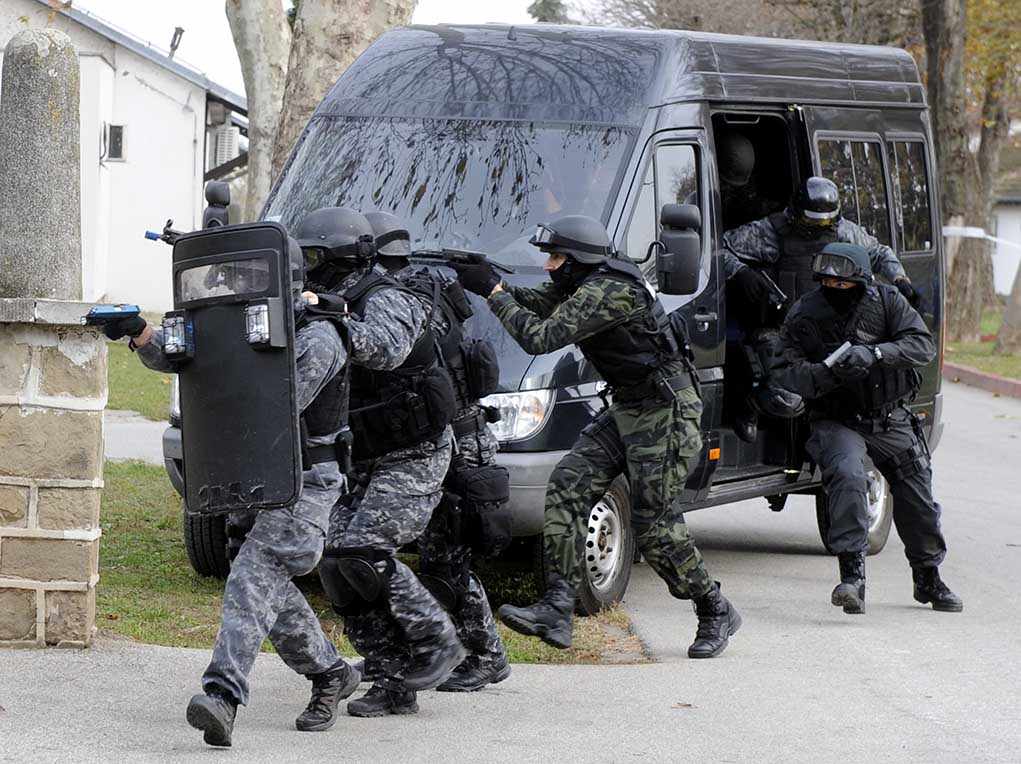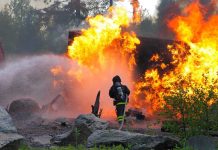
A shocking campus-wide lockdown at Villanova University—triggered by a false active shooter report—has exposed the growing danger and disruption of emergency hoaxes that threaten safety, drain law enforcement resources, and traumatize communities.
Story Highlights
- Villanova University’s move-in day was disrupted by a “cruel hoax” active shooter report, leading to a campus lockdown.
- No shooter, injuries, or firearms were found; law enforcement confirmed the threat was not real.
- A criminal investigation is underway, with authorities vowing accountability for those responsible.
- The incident highlights the rising menace of “swatting” attacks against American institutions and the urgent need for robust response protocols.
False Shooter Report Disrupts Villanova Move-In
On August 21, 2025, Villanova University’s annual move-in—normally a time of excitement for new students and their families—was thrown into chaos by a report of an active shooter on campus. Police responded rapidly, and the university issued a shelter-in-place order, instructing students and staff to barricade doors and avoid the Law School’s Scarpa Hall. The large-scale response included Radnor Township officers and the FBI, who conducted a full sweep of campus facilities. By evening, officials confirmed the incident was a hoax: no shooter, no injuries, and no evidence of firearms. The university president denounced the event as a “cruel hoax,” and law enforcement launched a criminal investigation to identify and prosecute those responsible.
Rising Threat: Swatting Attacks Target US Campuses
The Villanova incident reflects a disturbing national trend: the rise of “swatting,” or false emergency reports designed to trigger law enforcement responses. Schools and universities have become frequent targets, especially during high-stress times such as move-ins and major gatherings. While no previous major hoaxes had hit Villanova in recent years, similar incidents elsewhere have led to lockdowns, police deployments, and widespread panic. The threat is amplified during large events, where thousands may be affected, and the consequences—disrupted activities, psychological distress, and strain on emergency resources—are immediate and severe.
Impact on Students, Families, and Law Enforcement
The immediate fallout included the suspension of campus activities, trauma for students and families, and enormous pressure on law enforcement agencies. The disruption of move-in and orientation events created confusion and anxiety, with the shelter-in-place order forcing families to confront fears of real danger. Law enforcement resources were diverted to investigating the hoax, while the campus community struggled to process the event. Authorities stress that such false threats undermine public trust and erode the sense of safety, especially when perpetrated during critical times for families and new students.
Legal and Policy Implications: Calls for Accountability
Local and federal law enforcement, along with the Delaware County District Attorney’s Office, have launched a full-scale criminal investigation. “If this was indeed a cruel hoax, this is a crime. And we will track you down if it’s the last thing we do,” said DA Jack Stollsteimer, signaling a zero-tolerance stance. The legal consequences for swatting are significant and may include felony charges, especially when such actions disrupt large public institutions. The incident may also prompt universities to strengthen crisis response plans and review communication protocols to minimize future disruption and panic. For conservatives concerned about government overreach, the incident highlights the balance between robust emergency response and individual rights, as law enforcement agencies seek to prevent hoaxes without infringing on civil liberties.
Expert Perspectives: Crisis Response and Community Resilience
Security experts warn that swatting attacks require rapid, measured responses to avoid unnecessary panic and resource drain. Academic studies emphasize the psychological toll of false alarms and the need for mental health support in the aftermath. Legal analysts note that swatting is a serious crime, with the potential for harsh penalties. Crisis management professionals argue for clear, timely communication to prevent misinformation and sustain trust between institutions and the public. While some commentators stress the need for caution—even at the risk of false alarms—others warn of “alarm fatigue” that could reduce the effectiveness of future emergency responses.
Active Shooter Scare On Villanova Campus Was ‘Cruel Hoax’ https://t.co/8Mpbm9xmYQ
— Thomas Register (@Gregister) August 22, 2025
The Villanova hoax serves as a wake-up call for American campuses and communities, underscoring the urgent need to defend public safety and conservative values against disruptive agendas and criminal behavior. As the criminal investigation moves forward, the campus community and law enforcement remain vigilant, determined to prevent future incidents and hold perpetrators accountable.
Sources:
Active shooter scare at Villanova University was a ‘cruel hoax’
Villanova University President’s Statement on August 21, 2025 Incident
Reports of possible active shooter at Villanova University
Villanova University active shooter alert was a ‘cruel hoax’















